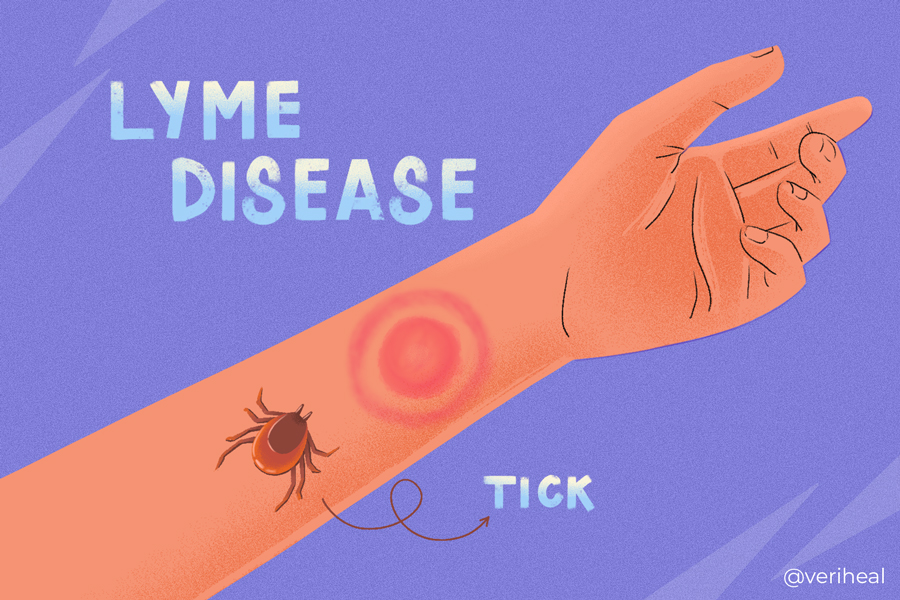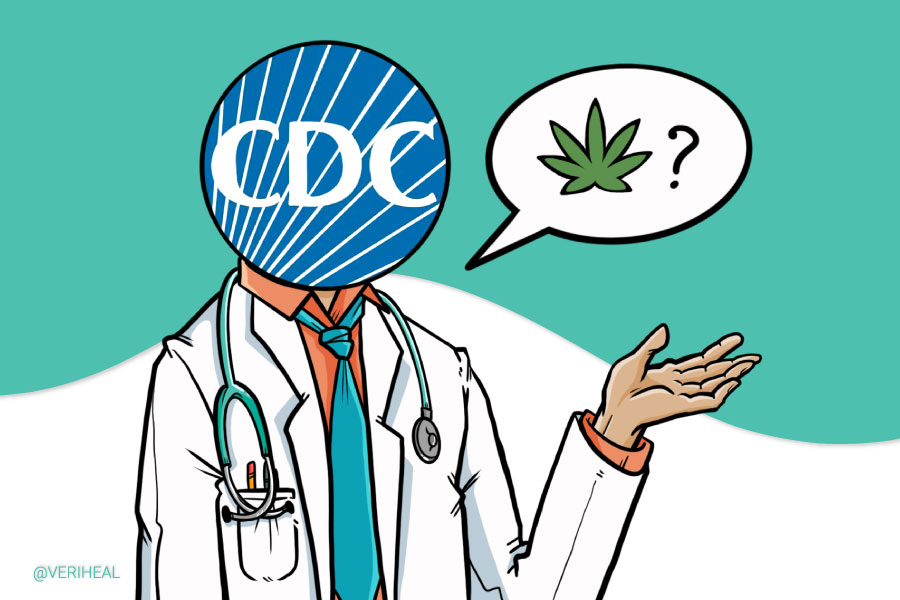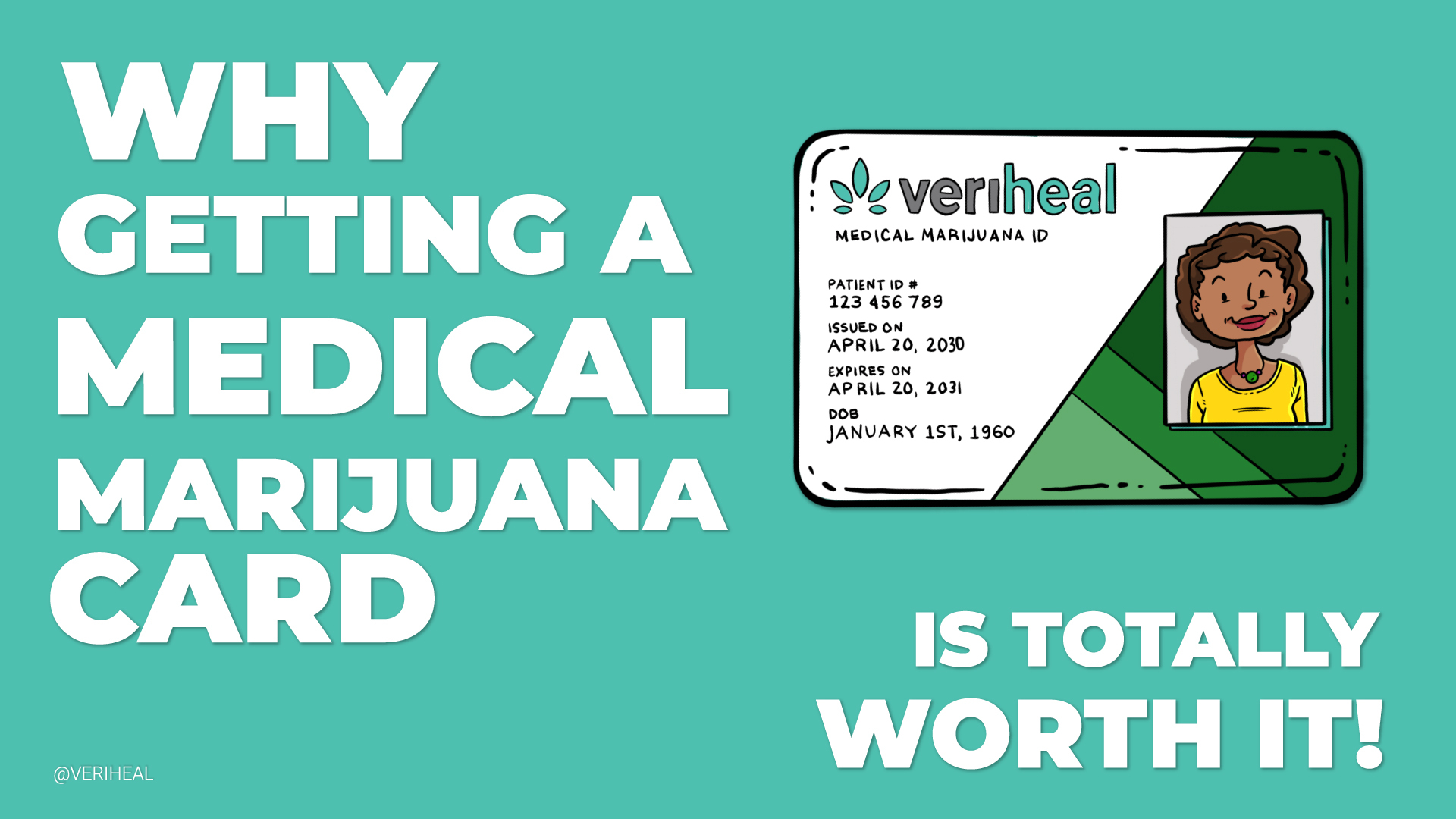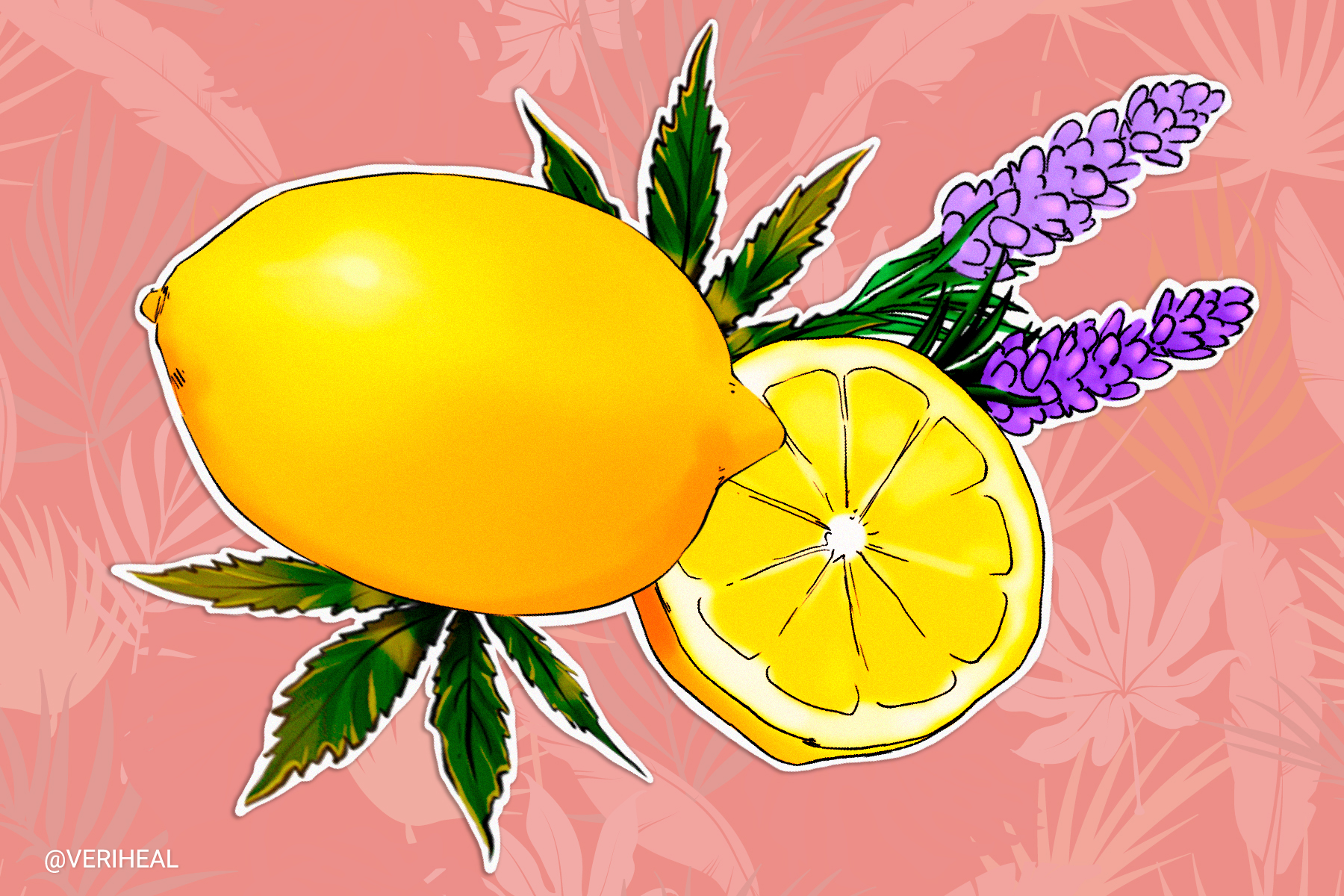How does Medical Cannabis help against Lyme disease?

- Cannabis for Lyme Disease Symptoms
- Understanding the Symptoms of Lyme Disease
- Lyme Disease and MMJ Legality
In North America and Europe, Lyme disease is most commonly caused by Borrelia burgdorferi and recently also by Borrelia Mayonii. These particular spiral-shaped bacteria are carried by ticks and are transmitted by tick bites (3). It is important to note that Lyme disease cannot be cured by using medical cannabis, and inappropriate or insufficient treatment may lead to serious long-term consequences and side effects. You must take antibiotics to get rid of the bacterial infection that causes Lyme disease.
Cannabis is anecdotally a potentially beneficial option for patients who have post-treatment Lyme disease syndrome (discussed below) or long-term muscle pain, nerve pain, headaches, and other symptoms. Through cannabis research, doctors have discovered that the analgesic (pain-killing) effects of cannabis work well for chronic pain as well as neuropathic pain, a type of chronic nerve pain (1).
However, it is important to note that there is currently no existing published data that has directly looked at the efficacy of cannabis use for Lyme or post-Lyme syndrome. This opportunity for new research could be promising based on what we understand about cannabis science and anecdotal reports so far.
Cannabinoids interact with the receptors of the endocannabinoid system (ECS) of the body. Research has shown that cannabinoids have the ability to target inflammation through modulating the immune system, slowing down the body attacking itself (7). This is important when it comes to treating post-treatment Lyme disease syndrome because this syndrome mimics auto-immune diseases that attack the body. The ECS is also known for modulating nervous system function (5).
Medical marijuana may also help Lyme disease patients because it is a neuroprotectant that helps the body protect and regenerate nerve cells. The added benefit to this is that through this process inflammation typically decreases (7). For more information about its neuroprotective properties, please check out our guide on Multiple Sclerosis (MS).
Cannabis for Lyme Disease Symptoms
Dr. Daniel Kinderlehrer, a Colorado-based physician, has put together a medical marijuana prescribing guide regarding Lyme disease and post-Lyme syndrome. After experiencing Lyme disease himself, Dr. Kinderlehrer specializes in treating it along with a focus on nutrition, allergies, and environmental medicine. He is considered a leading expert in the area of treating Lyme disease.
According to Dr. Kinderlehrer, the following symptoms of Lyme disease can be effectively reduced using medical marijuana, especially if you are experiencing long-term symptoms.
Inflammation & Pain
- Dr. Kinderlehrer recommends treating daytime pain symptoms with cannabidiol (CBD), an anti-inflammatory cannabinoid found in cannabis and hemp (5).
- Cannabis that contains equal parts of CBD and Δ9-tetrahydrocannabinol (THC) has additional pain-relieving effects than just CBD alone (5).CBD is available in various forms like CBD oil, tinctures, topicals, capsules, gummies, etc.
- Different cannabis strains contain different terpenes, the chemicals in plants responsible for flavors and smells. Some patients find that strains containing specific terpenes are more effective for their pain than others. The combination of terpenes, THC, and CBD found in cannabis is thought to work better than just one chemical compound alone; this concept is known as the “entourage effect” (9).
Check out our inflammation page for more information.
Insomnia
- Dr. Kinderlehrer recommends taking a THC-dominant indica strain or a THC edible to help patients fall asleep and stay asleep (5).
- It is important to note that controlling pain and anxiety can also improve sleep.
Check out our page on insomnia for more details.
Seizures
- Cannabis is known to help patients suffering from seizures by reducing them and serving the body as a neuroprotectant.
Check out our page on epilepsy for more information.
It is important to talk to your doctor before starting to treat Lyme disease symptoms with medical marijuana because curing the disease requires antibiotic treatment. The disease can have serious long-term consequences on various organ systems including the nervous system, heart, skin, joints, and eyes if inappropriately treated or untreated. Sometimes, a co-infection with another tick-borne disease can develop as well. Early and prompt treatment by a health professional is best.
Understanding the Symptoms of Lyme Disease
Lyme disease symptoms include (3):
- Fever
- A rash occurs in 70%-80% of patients in the first 30 days from the tick bite
- Chills
- Fatigue
- Muscle and joint pain
- Severe headaches
- Arthritis symptoms and joint pain
- Inflammation of the brain or spinal cord
- Neuropathy
What is Post-Treatment Lyme Disease Syndrome?
Typically, Lyme disease infections are cured with a two- to four-week course of oral antibiotics. Some patients can experience symptoms after treatment for over six months. Many of these patients continue to experience pain, fatigue, and difficulty thinking. Scientists believe that these patient’s initial infections trigger auto-immune responses and that’s why they keep having symptoms. Other experts believe that these patients have long-term effects because their Lyme infections were not initially detected (8).
Lyme Disease and MMJ Legality
In 2019, a bill was proposed to the New Jersey State House of Representatives that would add Lyme disease and post-Lyme disease syndrome to qualifying conditions for a medical cannabis card (2). Insomnia and severe anxiety were included in House Bill 461. Unfortunately, this bill did not pass as these conditions are not listed as qualifying medical cannabis conditions in New Jersey.
Note: Veriheal does not intend to give this as professional medical advice. Do not attempt to self-diagnose or prescribe treatment based on the information provided on this page. Always consult a physician before making any decision on the treatment of a medical condition.
1. Deshpande, A., Mailis-Gagnon, A., Zoheiry, N., & Lakha, S. F. (2015). Efficacy and adverse effects of medical marijuana for chronic noncancer pain: Systematic review of randomized controlled trials. Canadian family physician Medecin de famille canadien, 61(8), e372–e381. https://www.ncbi.nlm.nih.gov/pmc/articles/PMC4541447/
2. HB 461-FN – AS AMENDED BY THE HOUSE [PDF]. (2020, January 8). New Jersey. http://gencourt.state.nh.us/bill_status/billText.aspx?sy=2019&id=403&txtFormat=html
3. Lyme disease. (2020, November 05). Retrieved February 07, 2021, from https://www.cdc.gov/lyme/index.html
4. Lyme disease symptoms – Lyme disease treatments – and other lyme resources. (2020, April 29). Retrieved February 07, 2021, from https://lymediseaseassociation.org/
5. Kinderlehrer, D. A. (2018, March 12). Can medical marijuana help treat lyme disease? A doctor’s perspective. Retrieved February 07, 2021, from https://www.lymedisease.org/med-marijuana-lyme-kinderlehrer/
6. Kowal, Mikael & Hazekamp, Arno & Grotenhermen, Franjo. (2016). Review on clinical studies with cannabis and cannabinoids 2010-2014. Cannabinoids. 11. 1-18. https://www.researchgate.net/publication/295401042_Review_on_clinical_studies_with_cannabis_and_cannabinoids_2010-2014
7. Nagarkatti, P., Pandey, R., Rieder, S. A., Hegde, V. L., & Nagarkatti, M. (2009). Cannabinoids as novel anti-inflammatory drugs. Future medicinal chemistry, 1(7), 1333–1349. https://www.ncbi.nlm.nih.gov/pmc/articles/PMC2828614/
8. Post-treatment Lyme Disease Syndrome. (2019, November 08). Retrieved February 07, 2021, from https://www.cdc.gov/lyme/postlds/index.html
9. Russo, E. B. (2011). Taming THC: Potential cannabis synergy and phytocannabinoid‐terpenoid entourage effects. British Journal of Pharmacology. https://bpspubs.onlinelibrary.wiley.com/doi/full/10.1111/j.1476-5381.2011.01238.








